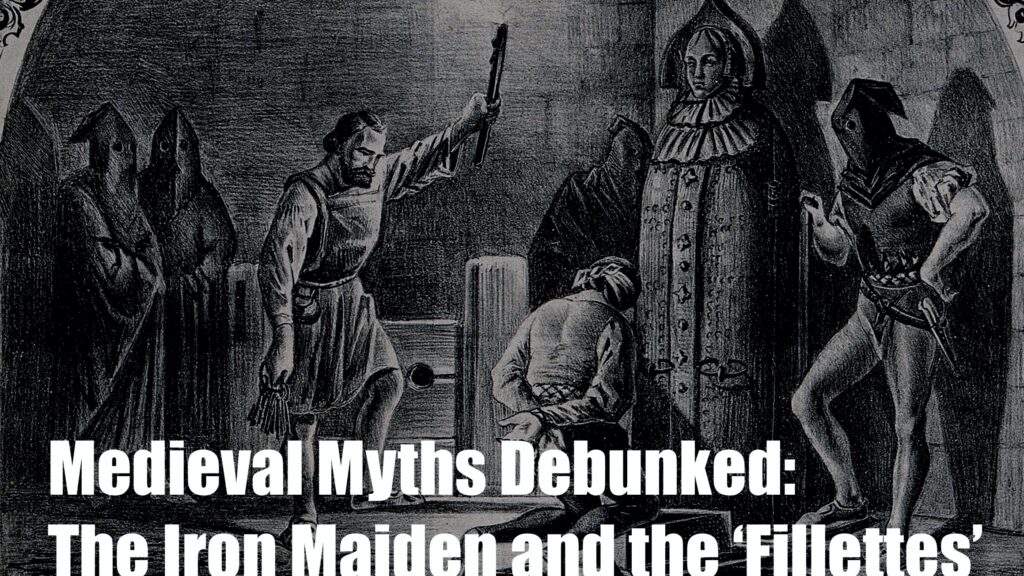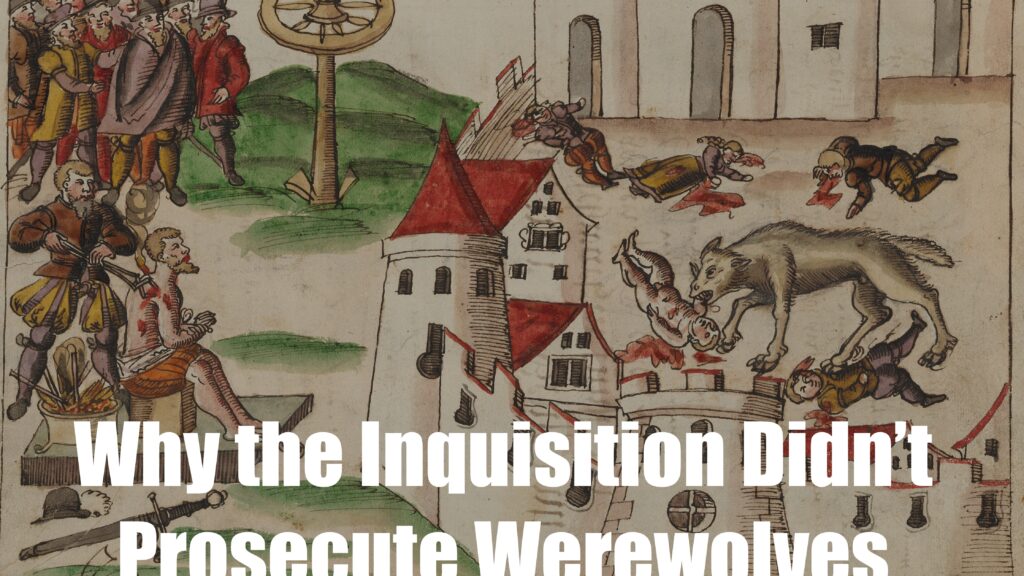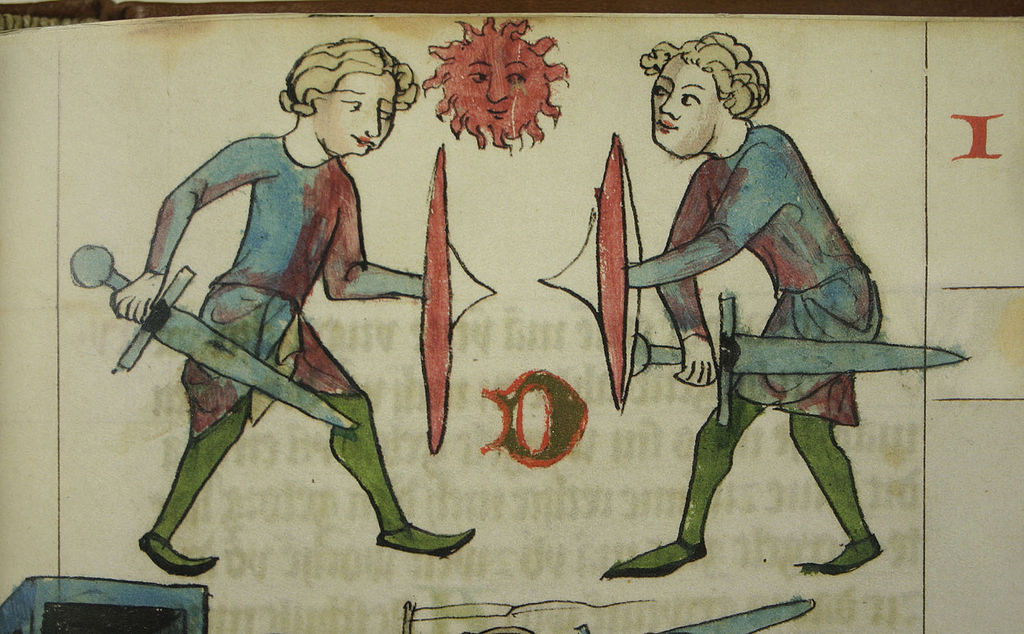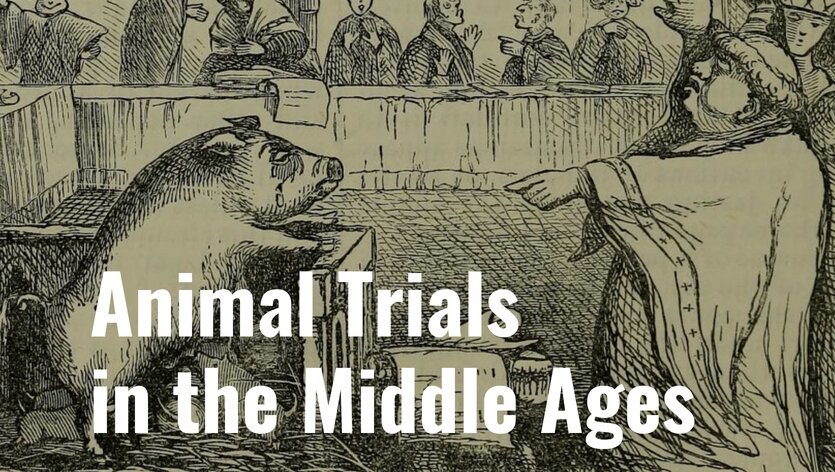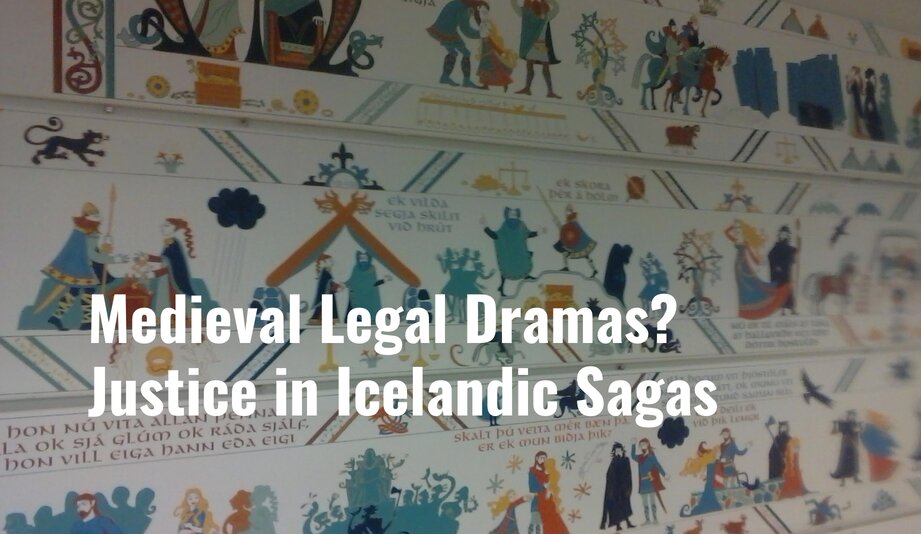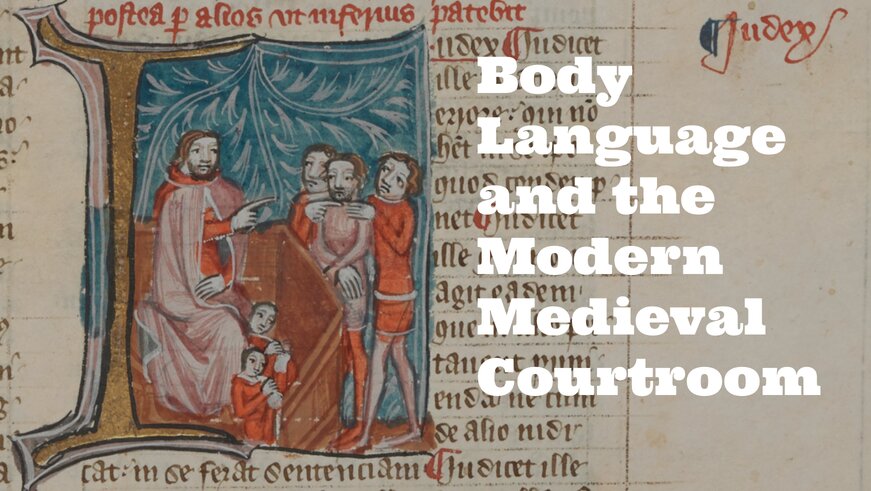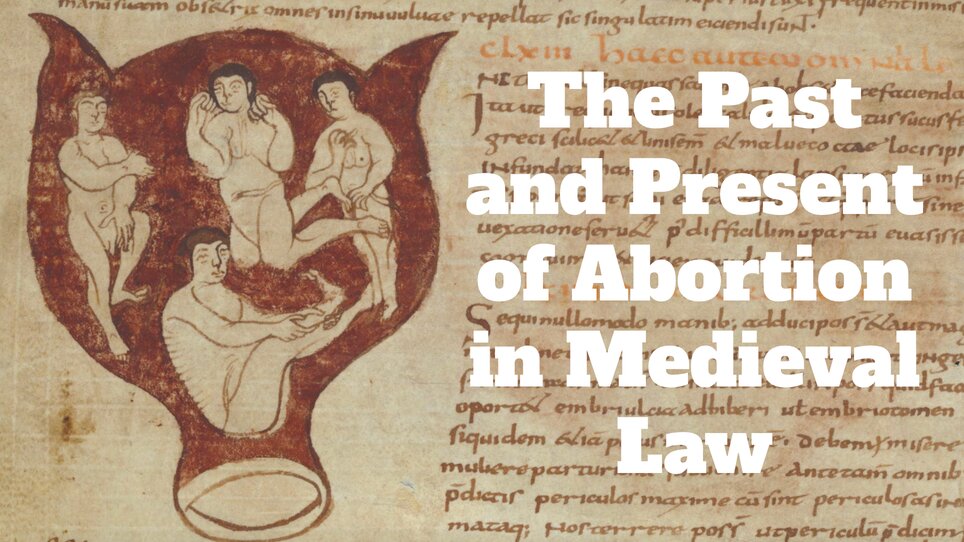The Iron Maiden Never Existed – But Louis XI’s Medieval Prison Reforms Did
One of the most infamous images of medieval cruelty—the Iron Maiden—was never used in the Middle Ages. But a real reform by King Louis XI of France, the ‘fillettes,’ tells a different story about medieval justice.
The Medieval Judicial Revolution: Royal Power and the Rise of State Justice
This article explores the so-called “judicial revolution” of the Middle Ages, showing how European monarchs reasserted control over legal systems and laid the groundwork for the modern state through centralized justice and royal authority.
Why the Inquisition Didn’t Prosecute Werewolves
Why didn’t the Inquisition prosecute werewolves? This article explores how lycanthropy straddled folklore, law, and theology in early modern Europe.
Medieval Justice in the Modern Day: The Pardon
If there seems to be something almost medieval about President Biden pardoning his wayward son Hunter, or Donald Trump promising to pardon the January 6 rioters, well… that’s because that particular prerogative originates with medieval kings.
From Generation to Generation: Jewish Inheritance Practices and Christian Notarial Culture in the Crown of Aragon, 1250-1391
This paper argues that the vast majority of Jews who drew up notarial wills, donatio inter vivos contracts, and other Latinate documents related to inheritance did not seek to circumvent Jewish law. Instead, they valued a combination of Latin and Hebrew-Aramaic contracts as a means of making their inheritance choices intelligible both within and beyond the Jewish community.
Medieval Europe’s Crackdown on Theft Detailed in New Study
The act of stealing has always been frowned upon, but the consequences for such actions have varied drastically over time. A new study examines how the punishment for theft dramatically shifted during the Middle Ages in Western Europe.
The Medieval Law Code that United and Defined Norway
Discover how King Magnus VI’s 750-year-old Norwegian Code of the Realm united the kingdom and laid the foundation for Norway’s modern legal trust and identity
10 Groundbreaking Legal Milestones from the Middle Ages That Shaped Modern Justice
Which moments from the Middle Ages transformed our understanding of law and justice?
Medieval Trial by Combat: Champions and Justice in the Middle Ages
Over the course of the thousand years that made up the Middle Ages, people were constantly working to refine their justice systems so that they would be more fair and impartial. Along the way were various missteps, of course – trial by ordeal stands out as a particularly nasty stage of the process.
Medieval Corruption and Protection with Jonathan Lyon
This week on The Medieval Podcast, Danièle speaks with Jonathan Lyon about a powerful medieval position which could easily lend itself to violence and corruption: church advocate.
Medieval Executions: The View from the Scaffold
Let’s take a brief look at what judicial execution was really like in the Middle Ages.
New Medieval Books: The Borgarthing Law and the Eidsivathing Law
Translations of two law codes that were made in eastern Norway during the fourteenth century. These law codes focus on rules related to the Christian Church, ranging from baptisms to the paying of tithes.
Justice, Politics, and Death in Medieval Ireland with Joanna MacGugan
This week on The Medieval Podcast, Danièle speaks with Joanna MacGugan about how the justice system worked in Ireland under medieval English rule, how communities shaped justice, and what this meant when a person was faced with capital punishment.
Byzantine law, its experts, and its languages, with Daphne Penna
A conversation with Daphne Penna about Byzantine law, or (what it really was) the Greek-language phase of Roman law. We talk about the study of east Roman law, its experts (both then and now), and the interaction of Greek and Latin in legal texts. What did the law do and what do we learn from studying it?
Stolen Sheep and Wandering Cows: Reclaiming Lost and Stolen Property in Early Medieval Ireland and Britain
Professor Eska offers a comparative analysis of early Irish and British legal texts and contextualizes them within broader legal traditions.
New Medieval Books: Corruption, Protection and Justice in Medieval Europe
It’s very much a tale of those seeking justice and how power and corruption played a very big role in their outcomes.
New Medieval Books: Social Memory, Reputation and the Politics of Death in the Medieval Irish Lordship
This book looks at what happened in Ireland when someone died an unusual death in Ireland between the years 1257 and 1344.
Medieval Anarchy? Autonomous Traditions in Iceland and Ireland
Joint discussion about medieval Iceland and Ireland, and Brehon Law and early Icelandic Law, showing how justice, society, free markets, and lawmaking worked without centralized power.
The Ordeal of Bread and Cheese: A Trial Like No Other
By Andrea Maraschi Although their origins were older, ordeals were still practiced in medieval Europe. Usually, they were aimed at verifying an individual’s…
“Monkey hangers”, Cockatrices, and Murderous Pigs: Animal Trials in the Middle Ages
The list of wrongdoings was long, ranging from crop damage to harm to an individual, and was dealt with in a variety of ways.
Medieval Legal Dramas? Justice in Icelandic Sagas
Examining Icelandic justice through the legal stories found in Njal’s Saga.
Body Language and the Modern Medieval Courtroom
This week on The Medieval Podcast, Danièle reflects on medieval court cases, body language, and the ways in which both have shaped today’s modern trials – including the celebrity ones.
The Past and Present of Abortion in Medieval Law
Abortion is once again in the spotlight in the United States, as its Supreme Court is set to uphold a law limiting this right. How do medieval laws and views on abortion play a role in this issue?
The Right to Bear Arms and Medieval Law
Medieval history is once again in the news thanks to a Supreme Court case concerning New York State’s policy towards concealed-carry permits
Mutilation as Gendered Punishment: State Violence and Sexual Transgression in Medieval Europe
I want to talk today particularly about the use of mutilation as punishment for sexual offenses and particularly those involving same-sex activity in medieval Europe.
